A brief history of Lisbon
Inhabited since pre-historical times, the city was named Olissipo during the Roman occupation as the capital of the Lusitania province. With the fall of the Western Roman Empire, the Visigoths conquer the Iberian Peninsula; in 711 the city is conquered by the Moors, who gave it the name Al-Ushbuna and converted it into a fortress. The Muslim Lisbon is a coveted city, as rich land owners and traders had made it the most opulent commercial centre of the whole northern Africa and of a large part of Europe. By this time the Baixa and Alfama burroughs were already inhabited as part as the city’s surroundings.

In 1147 D. Afonso Henriques, first King of Portugal, conquers the city and Lisbon expands beyond its walls; during the reign of D. Afonso III, in 1255, it becomes the Portuguese capital city and the core of an important economic system of trade. By the 15th century the Lisbon harbour becomes one of the most important in the world and in 1500 the Terreiro do Paço Square is the centre of all the city’s business life. In the 16th century Portugal consolidates its naval supremacy, as Lisbon becomes one of the wealthiest cities in the world; it is the market for the luxurious tastes of European elites, and the profits from all this trade are used in constructing majestic buildings such as the Jerónimos Monastery and the Belém Tower, both in Manueline style.

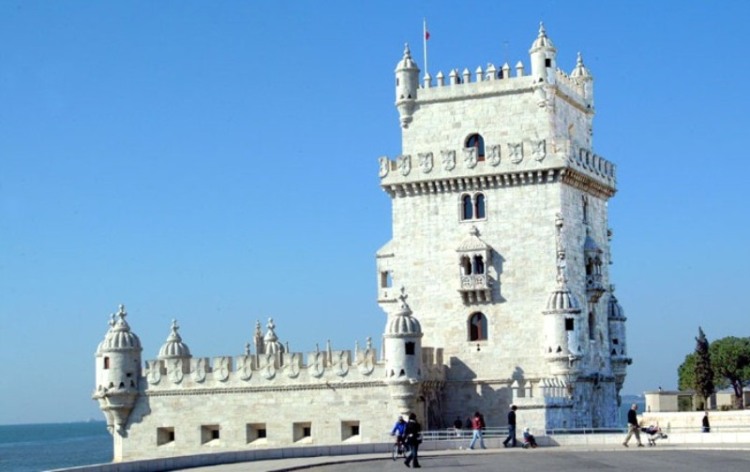
Streets are paved with the famous Portuguese “calçada” (white limestone cubes and black basalt), a luxury other European capitals could not afford.
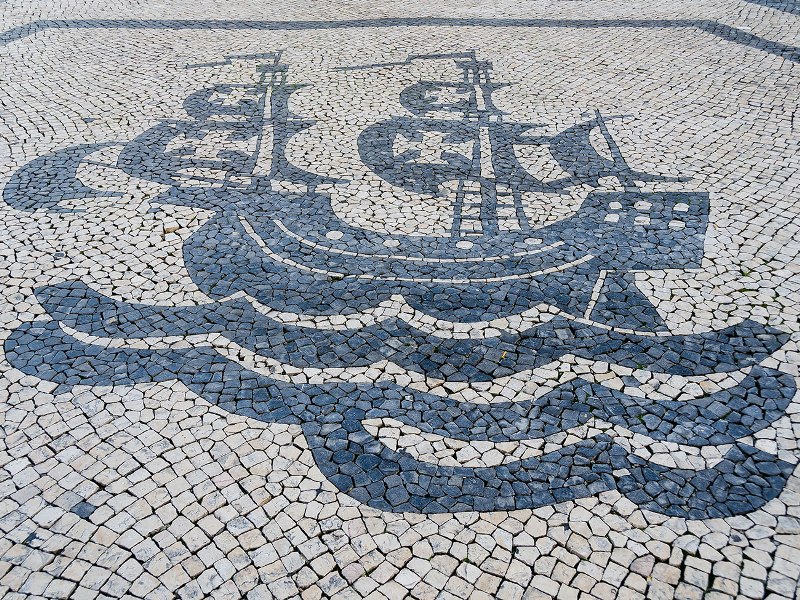
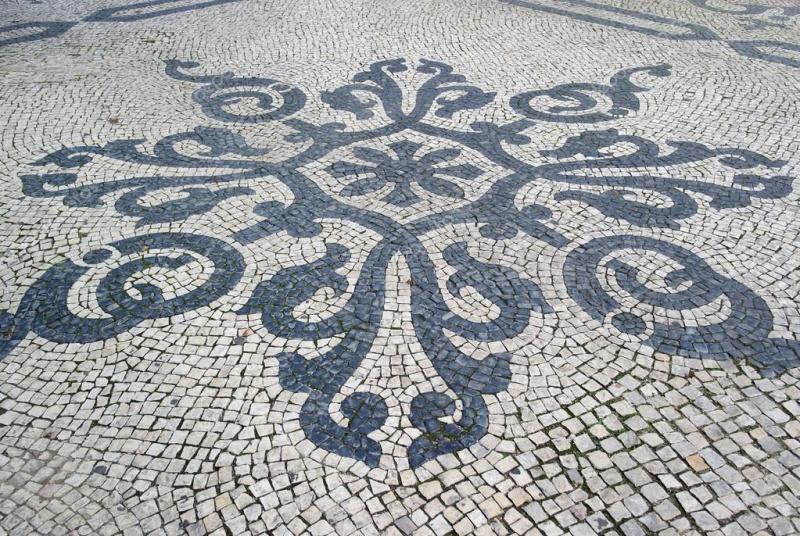
The earthquake and Pombaline Lisbon
In 1755, the earthquake and the tsunami and fire that followed completely destructed the riverside area, as well as the Castelo and Carmo burroughs.
The city that reborns is the Pombaline Lisbon, a work of urban requalification that still today causes awe around the world. The revived city has broad and straight causeways, buildings of cage construction more resistant to earthquakes and built upon an intricate system of piles, such as Augusta Street (which connects Rossio, to the north, with Terreiro do Paço, to the south), Prata Street, Ouro Street, and the Shoemakers, Haberdashers and Saddlers Streets, organised by craft. The Figueira Square, built upon the wreckage of the All Saints Hospital, becomes the main city’s market; today its centre holds a statue of D. João I.

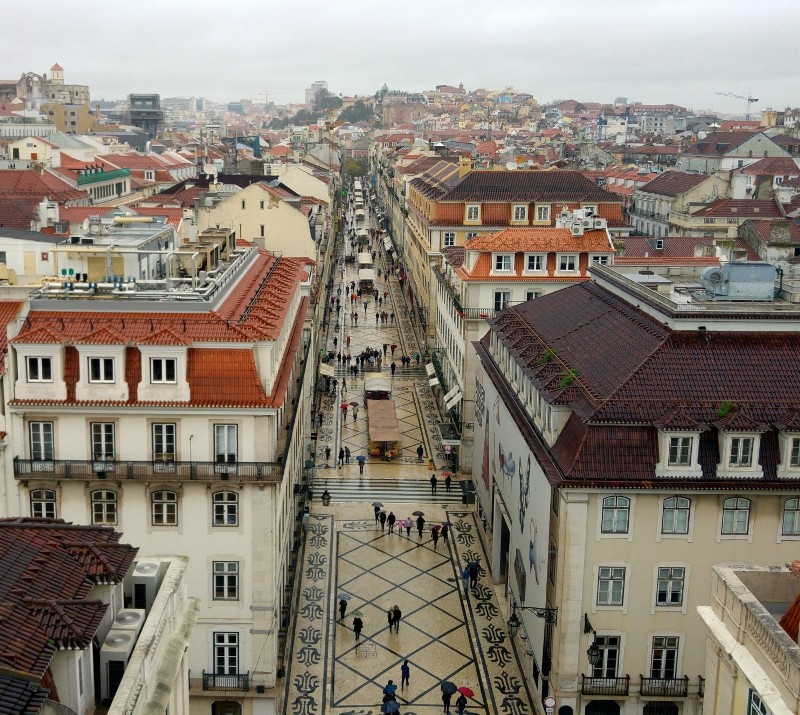
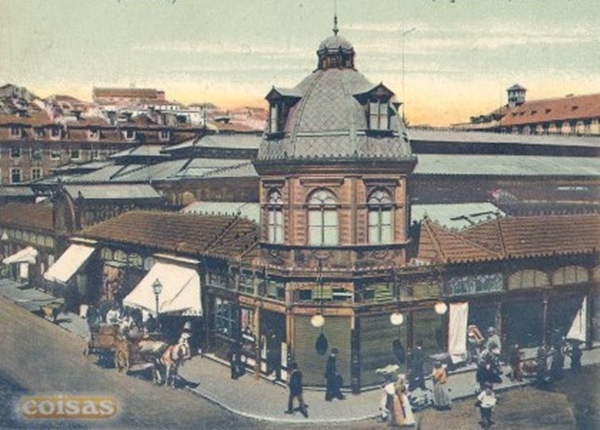
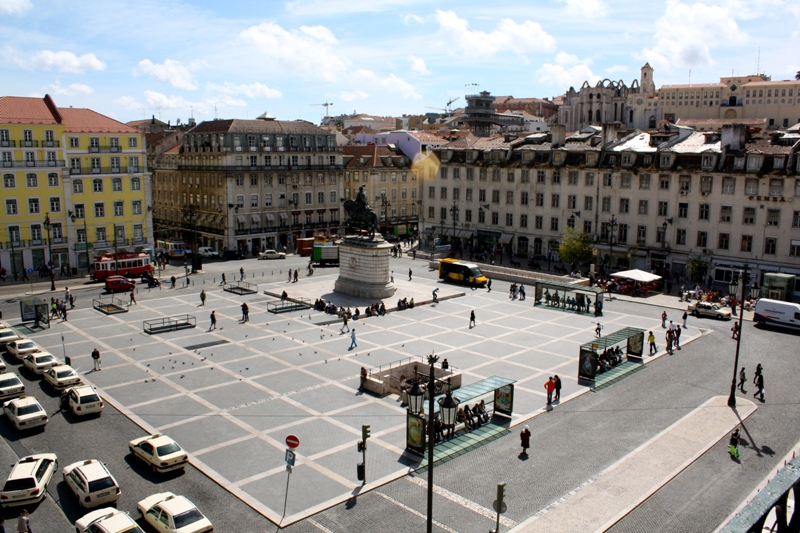
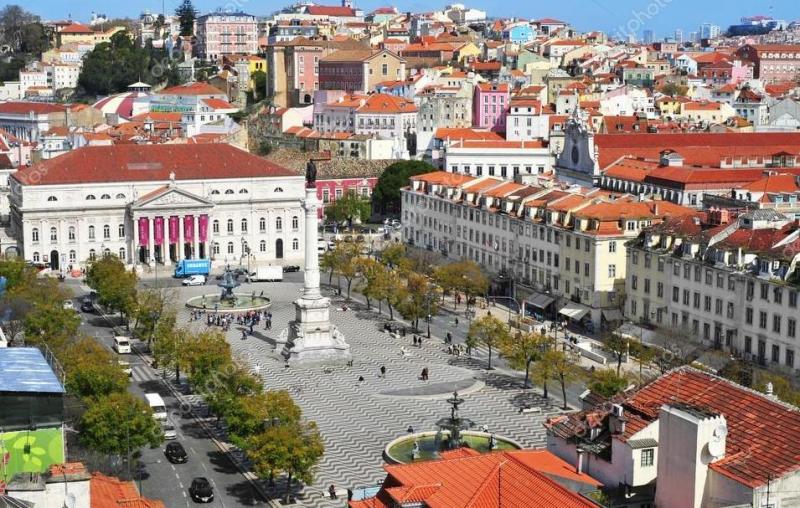

The D. Pedro IV Square, better known as Rossio, where the All Saints Hospital could be found, was destroyed by the 1755 earthquake and then rebuilt. In 1846 constructions began for the D. Maria II National Theatre, which can be seen at the bottom of the square, with the statue of D. Pedro IV at its centre. The Square is connected, through Augusta Street (which ends with the Arch of Triumph), to the Terreiro do Paço Square. Located by the river Tagus, the latter is one of the largest squares in Europe; for almost two centuries is was the location of the Portuguese kings palace. The Square was also destroyed by the 1755 earthquake, and after its reconstruction the surrounding buildings were used for different ministries and public institutions. At its centre one may find the statue of D. José on horseback, perfectly aligned with the Augusta Street Arch. The Columns Pier has been the noble entrance to Lisbon for a long time. Among all its beauty, the Terreiro do Paço Square was also the stage for executions, namely during the Inquisition period and the assassination of both King D. Carlos and the Crown Prince, in 1908.
In the 18th century, the city grows in circles, with its centre in the Baixa area, and grand monuments are built, such as the Ajuda Palace (1795), the S. Carlos Opera and the Estrela Basilica (initiated in 1779, in baroque and neoclassic style, the first church in the world dedicated to the Sacred Heart of Jesus).

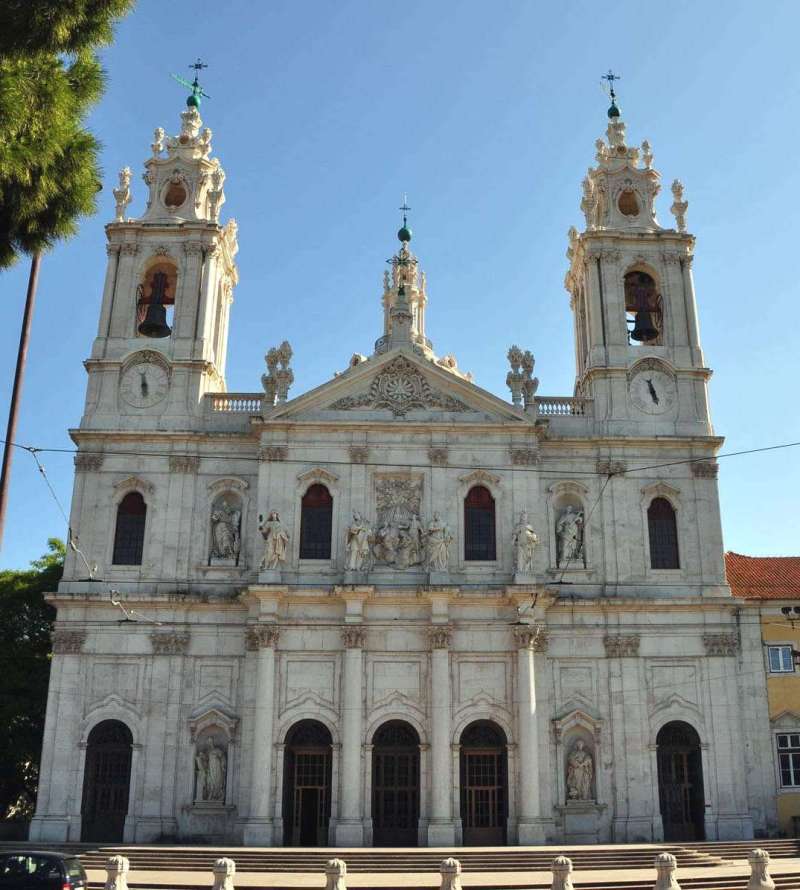
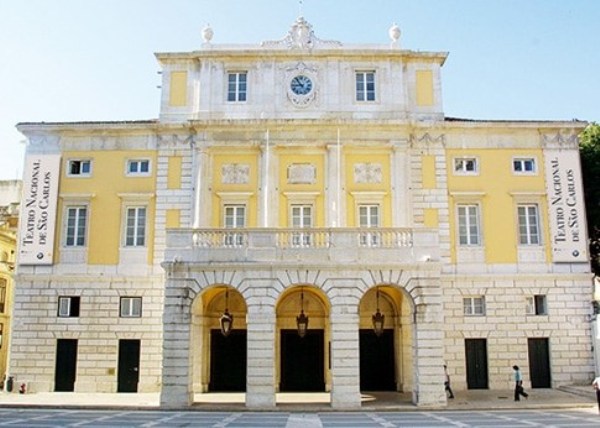

The Águas Livres Aqueduct, with a total length of 58Km, was ordered by a Royal Permit of D. João V, in the 18th century (1731), and was designed to supply water to the city of Lisbon. With its grandieuse arches in stonework, over the Alcântara vale, the Aqueduct is formed by 21 round vaults and 14 pointed arches, among which the Great Arch – with 65m in height, it is the biggest pointed arch in the world.
After the earthquake, in 1764 the Marquis of Pombal ordered the construction of the Public Walk, enclosed by walls and gates and to which only the higher classes had access. King D. João VI had the walls demolished so that all population could benefit from the Walk. After the implantation of Liberalism, this is the place where construction of the Liberdade Avenue begins, in 1879, an image of the Paris Boulevards, with statues of writers and others, the Monument to the Dead of World War I along its 1100m course, and where the wealthiest part of society would settle. The Avenue ends, to the north, with the Marquês de Pombal Square and starts, southbound, with the Restauradores Square, where the Public Walk was located.
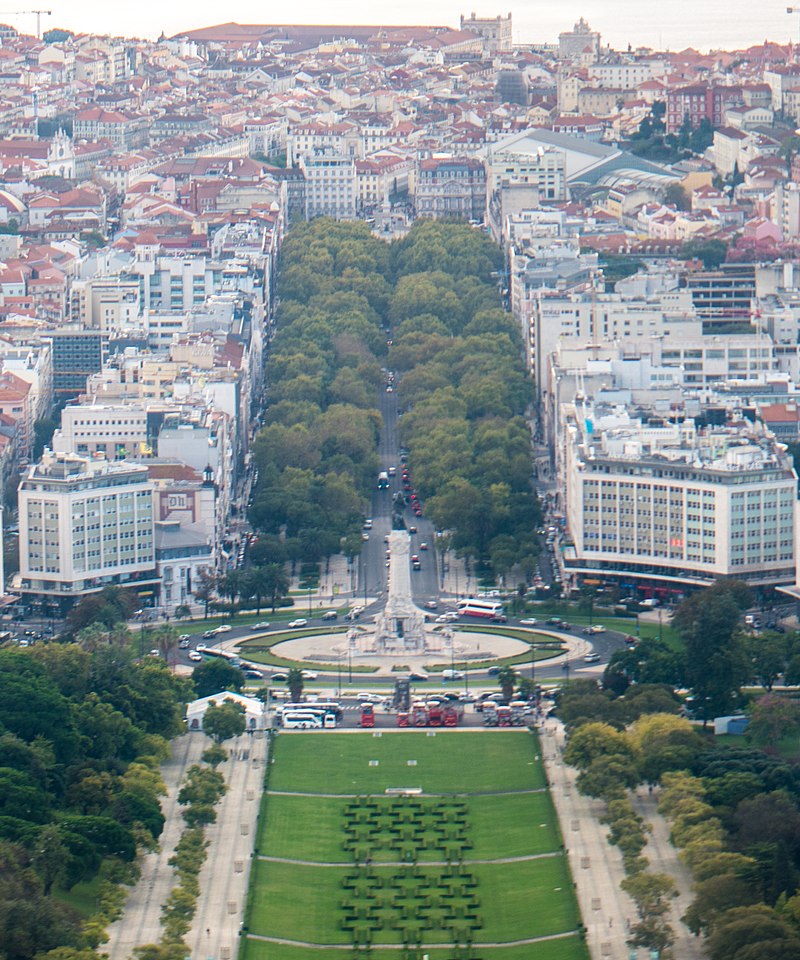
Lisbon in the 19th century: the New Avenues
Lisbon continues to grow and, by the end of the 19th century, the so-called New Avenues emerge from the Marquês de Pombal Square: the Fontes Pereira de Melo Avenue, connecting the Square to the Duque of Saldanha Square (a hero from the Liberal movement, with whom a new period of modernisation begins – the Regeneration); the República Avenue, with stunning palaces of which very few can be found today, the Bull Arena in Campo Pequeno (1892) in neo-Moorish style, leading to Campo Grande.
This period also includes the construction of the Rossio Station, initially named the Lisbon Central Station, inaugurated on 18th May 1890.
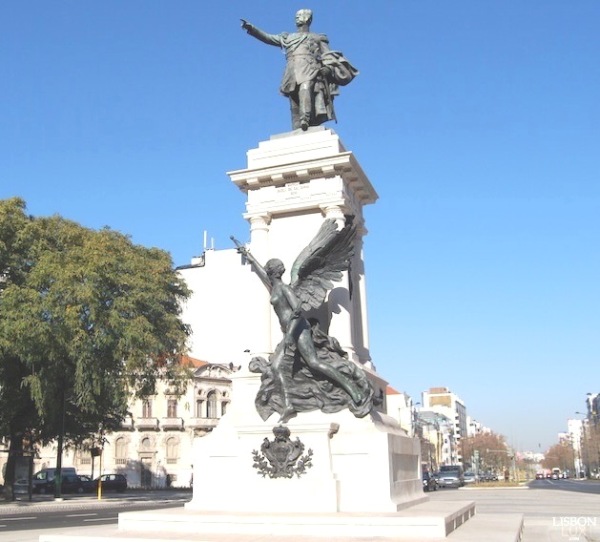
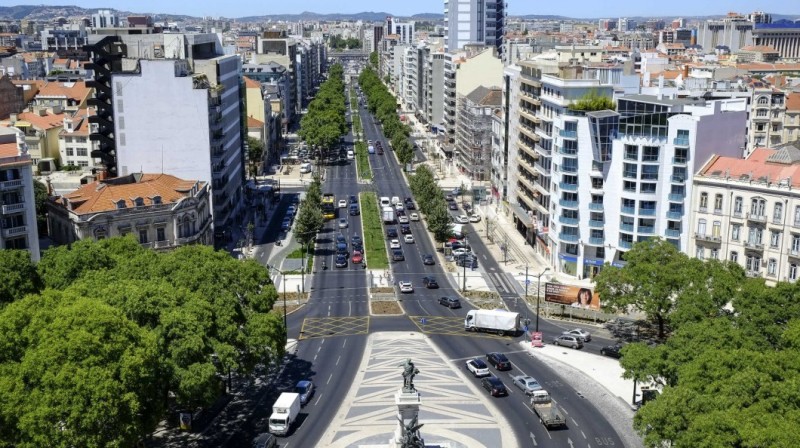
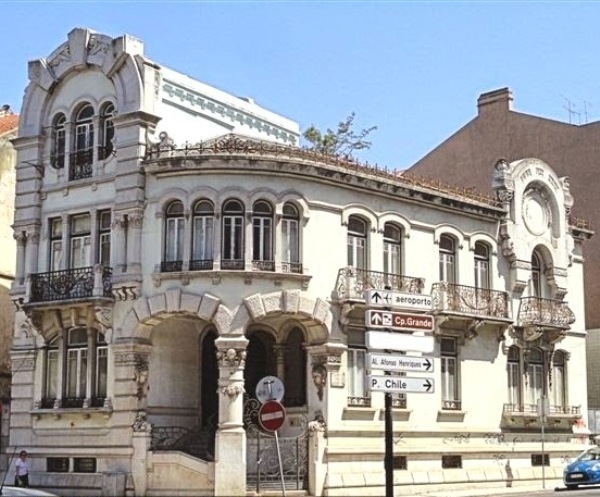
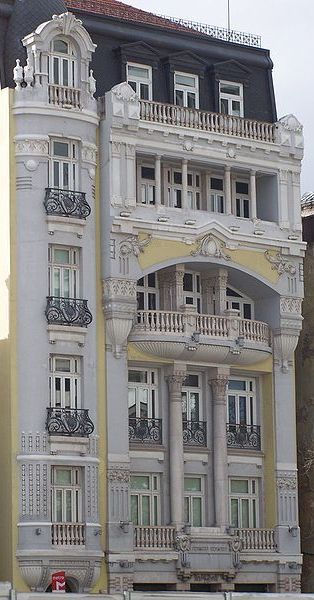
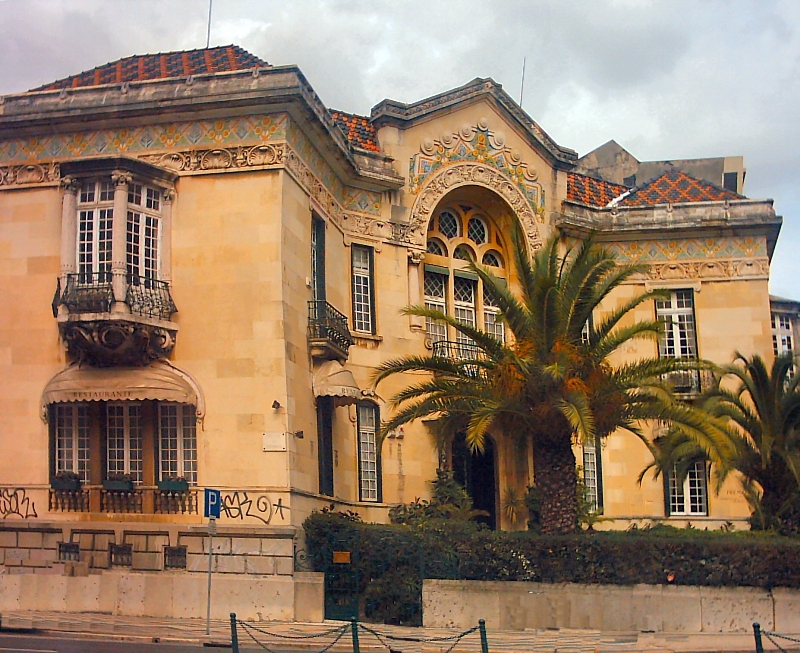
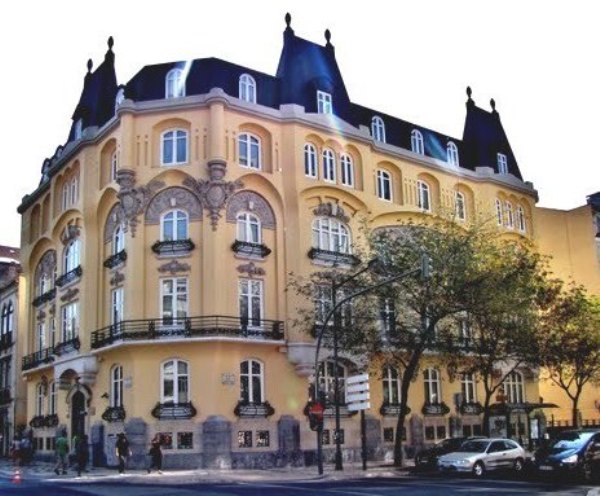
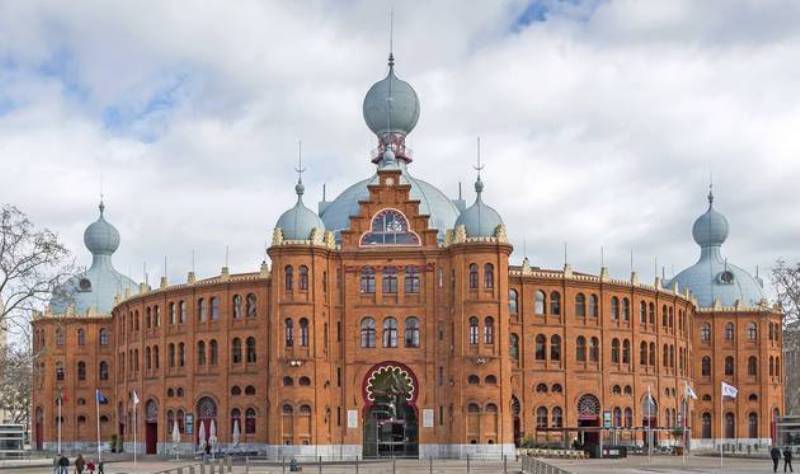
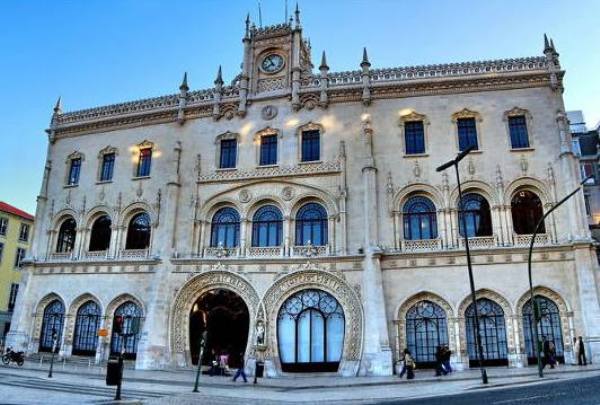
20th century Lisbon

1962 marks the start for the construction of the 25 de Abril Bridge, initially Salazar Bridge, over the Tagus river, concluded and inaugurated in 1966.
In the Império Square, where the Jerónimos Monastery and the Padrão dos Descobrimentos are located, in 1992 the CCB – Belém Cultural Centre – was concluded and held the Portuguese presi- dency of the European Union, after which being converted to Cultural and Conference Centre (with two auditoriums for shows).
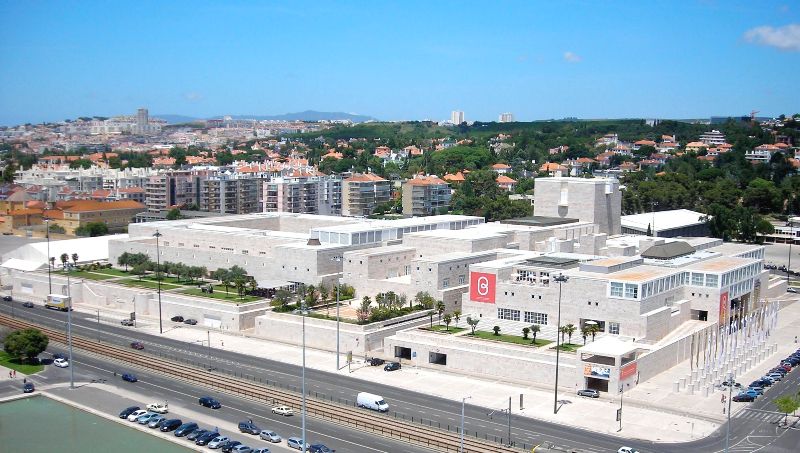
With the hosting of the EXPO 98, a new space opened up in the capital, a centre of modern architecture and innovative buildings – the Parque das Nações (Nations Park).
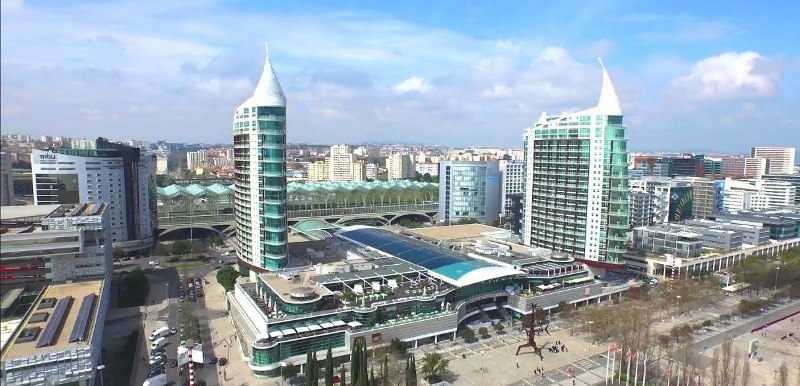
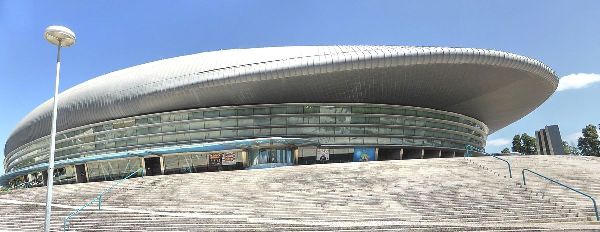
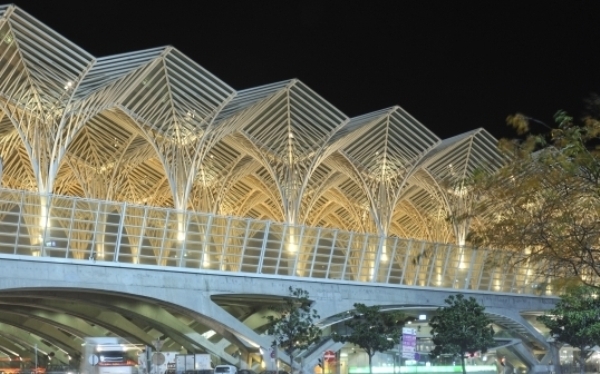
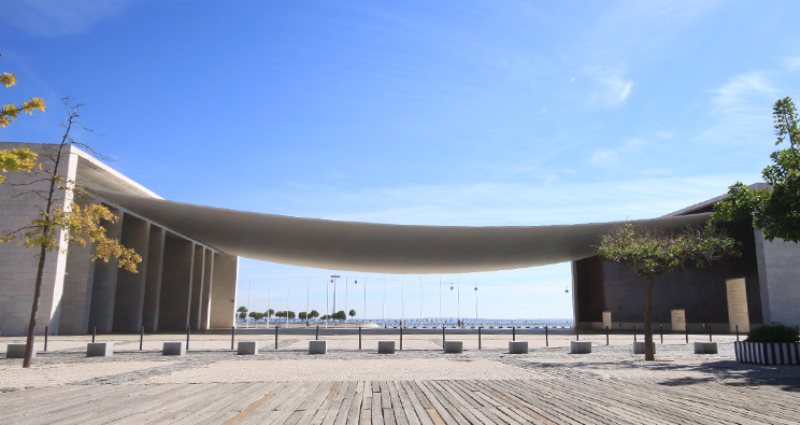
Lisbon today
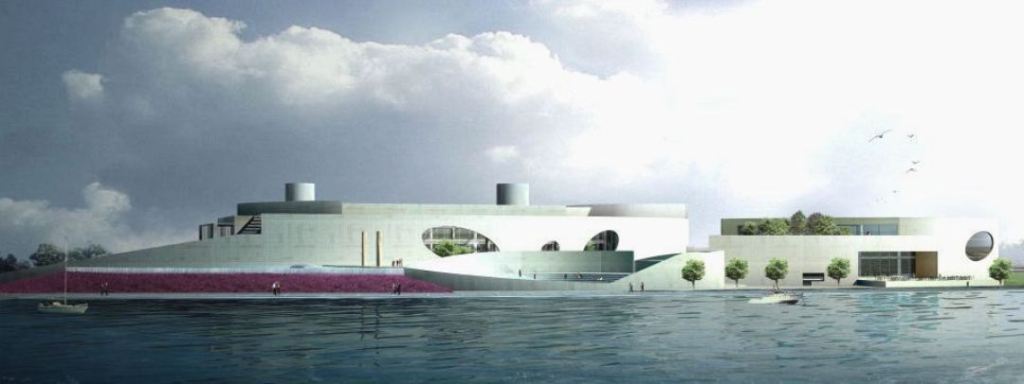
The Champalimaud Research Centre was inaugurated on 5th October 2010, a next generation scientific and technological centre which goal is to promote scientific research in the field of biomedicine, particularly in the areas of cancer and neurosciences, and placed Lisbon in the vanguard of world science.
In the 21st century Lisbon once again became the most attractive for visitors, gaigning successive awards in world tourism; Figueira Square is no longer a market, Pombaline buildings are now occupied by hotels, stores and coffee shops (the Confeitaria Nacional pastry, established in 1829, the oldest pastry in Lisbon, still survives); Liberdade Avenue is now the centre for prestigious stores of the great international brands, and one of the most expensive urban areas in Europe, with luxury hotels and offices; of the beautiful 19th and early 20th centuries buildings few remain. In Terreiro do Paço there are just a few governmental cabinets, the other buildings were converted to hotels, restaurants and coffee shops; the Square is nowadays used for cultural events and shows.
Lisbon transformed itself, but always “menina e moça, amada”, beloved), and is still the city of the seven hills.
City of the seven hills
S. Jorge or Castelo Hill – place of birth of the first houses that originated Lisbon, it encompasses the Mouraria, Castelo and part of Alfama burroughs.
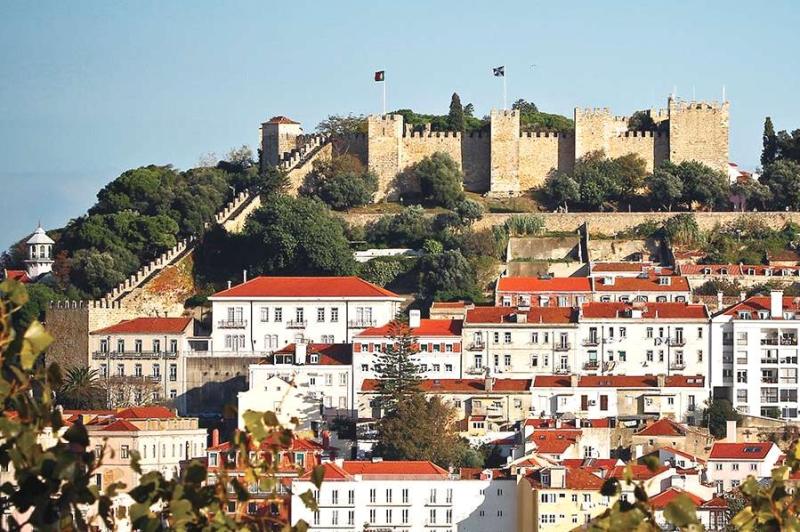
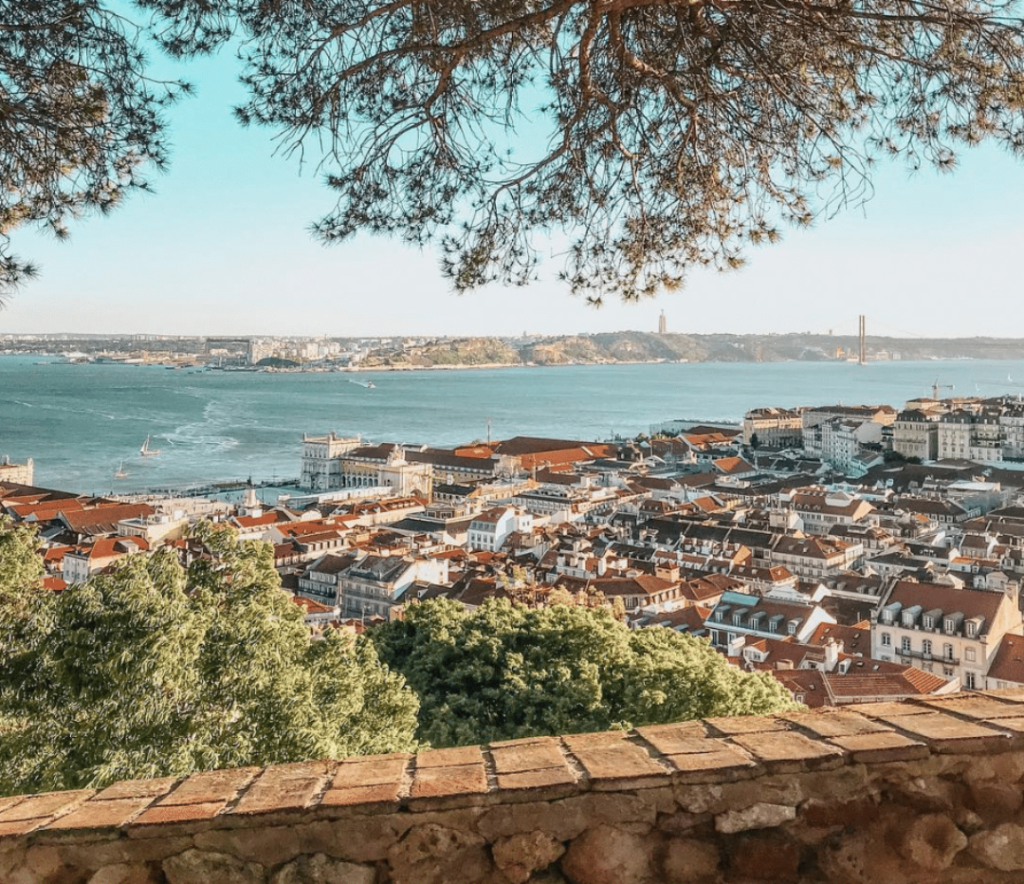
S. Vicente Hill – encompasses the Alfama and S. Vicente neighbourhoods.
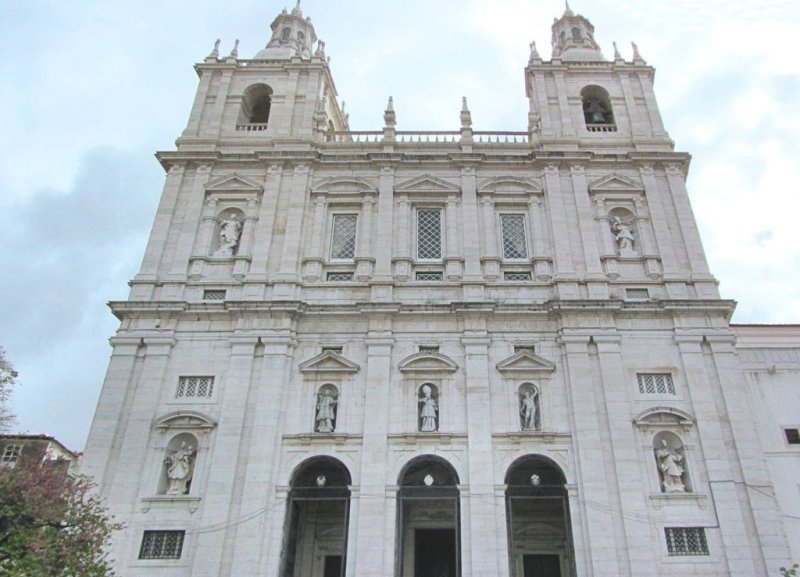
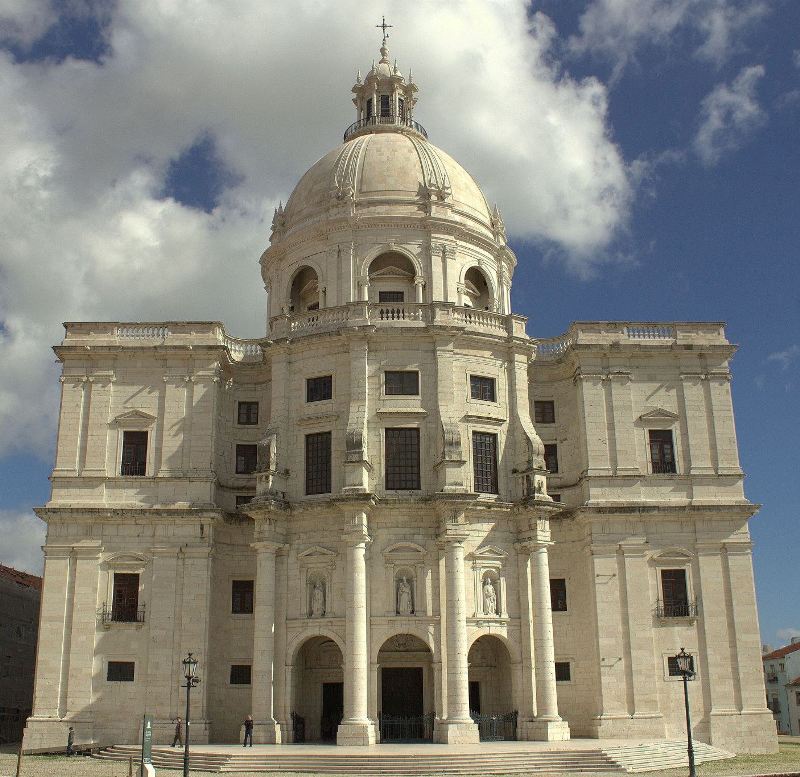
Sant’Ana Hill – starts at Figueira Square and ends with the Torel Garden, and is also known as Health Hill because it holds the S. José Hospital, built close to Martim Moniz Square at the hill’s bottom, among other hospitals.
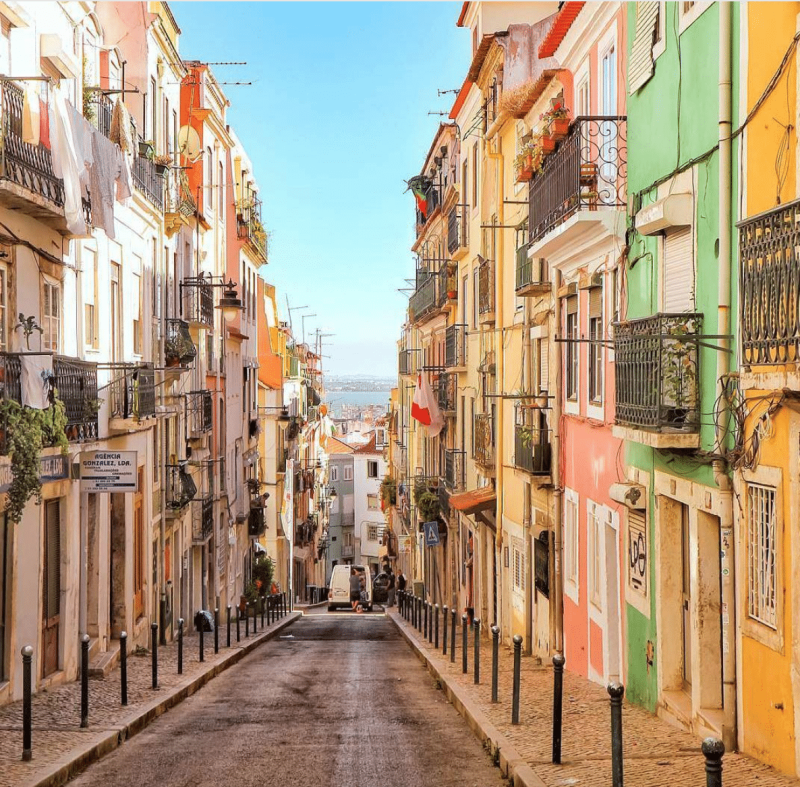

Santo André Hill – includes the Graça and Calçada de S. André burroughs.
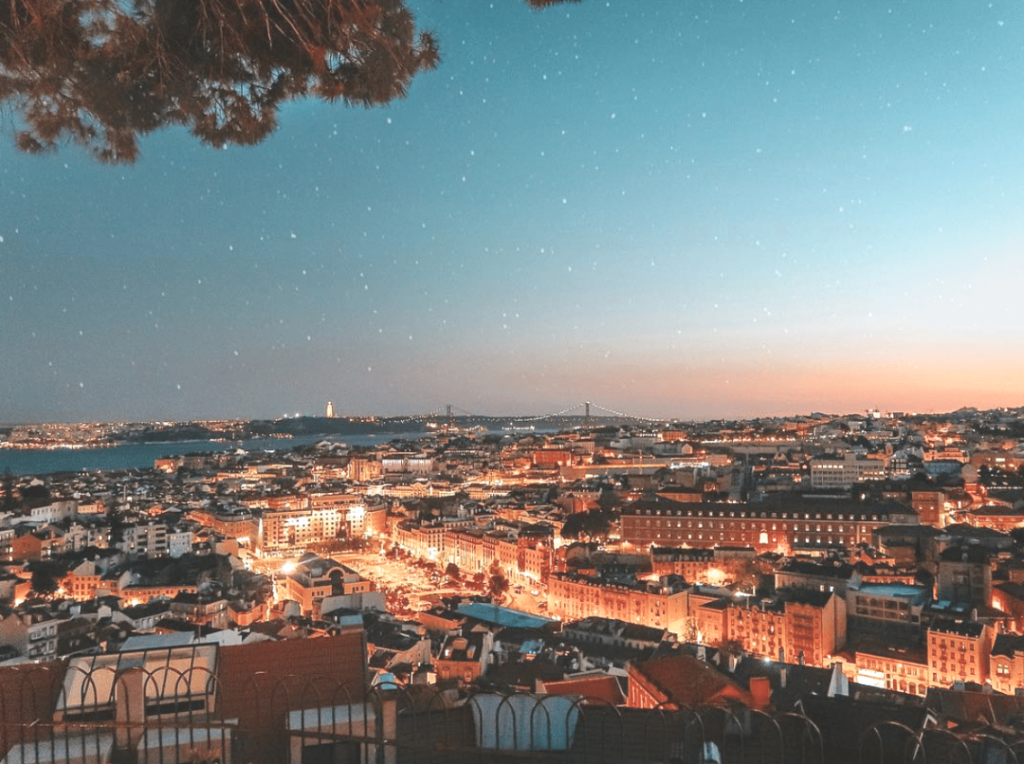
Chagas Hill – its name comes from the Chagas (Sores) Church sitting at its top, and encompasses the Largo do Carmo with the Carmo Convent ruins, and the Santa Justa Elevator. The Carmo area was the first to be urbanised; part of the Chiado area, which in 1988 was almost completely destroyed by fire (its reconstruction, designed by the famous architect Siza Vieira, took 10 years), is today a commerce centre and one of the busiest and most cosmopolitan arteries of Lisbon.
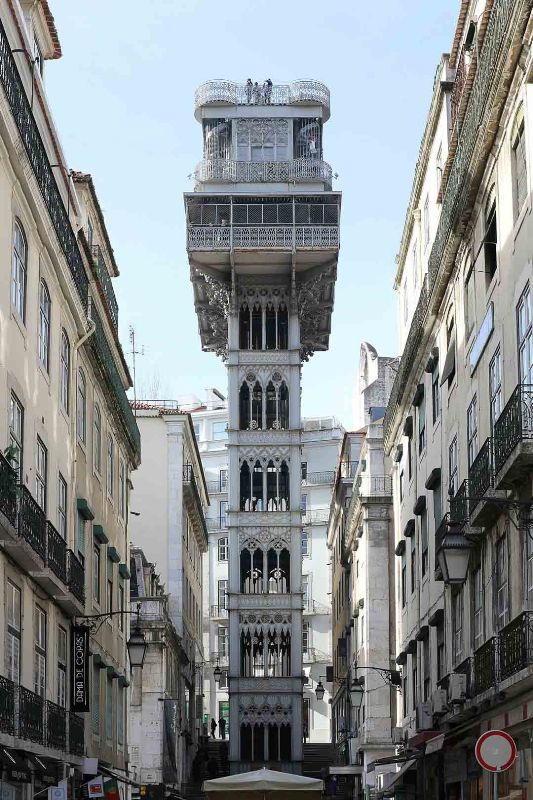
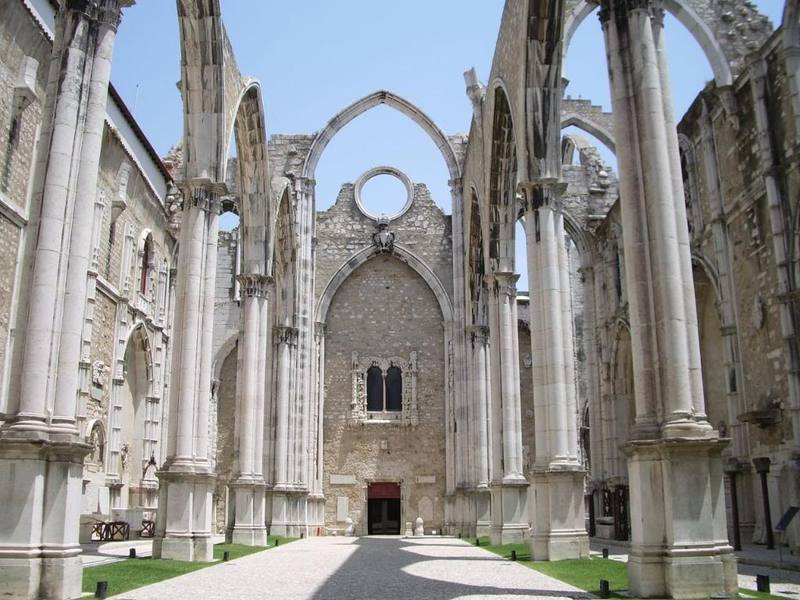
S. Roque Hill – where the Príncipe Real and Bairro Alto are located, the latter marking the passage from the 16th to the 17th century in the urban life of Lisbon and where much of the Portuguese aristocracy settled. With a large number of restaurants and bars, Bairro Alto is currently the main place for a night out and the meeting point for different cultures and generations.

Santa Catarina Hill – extends from Largo Camões until Calçada do Combro.


